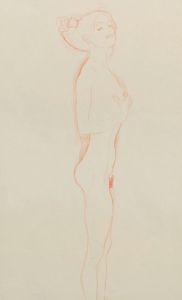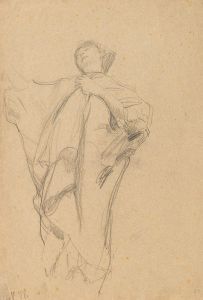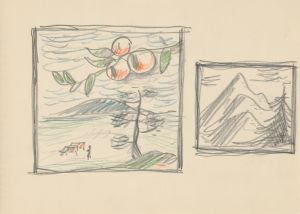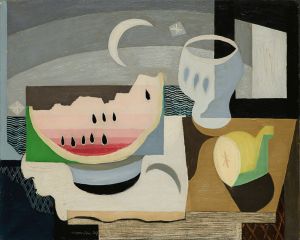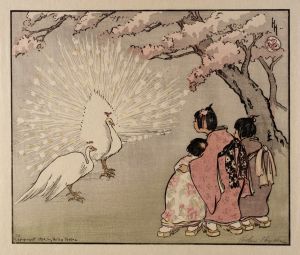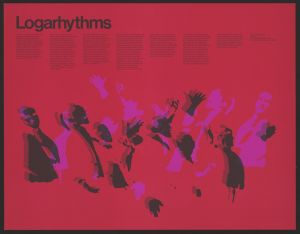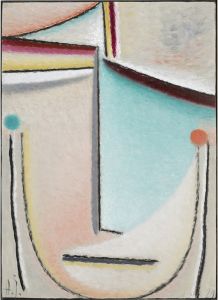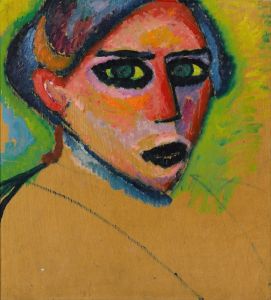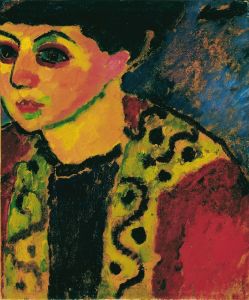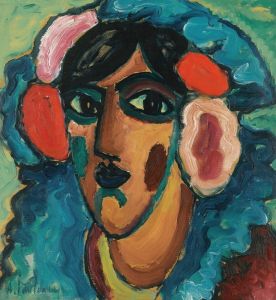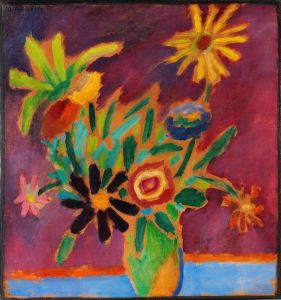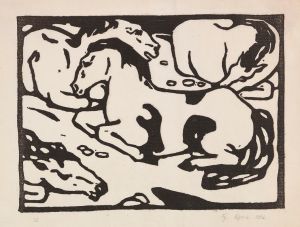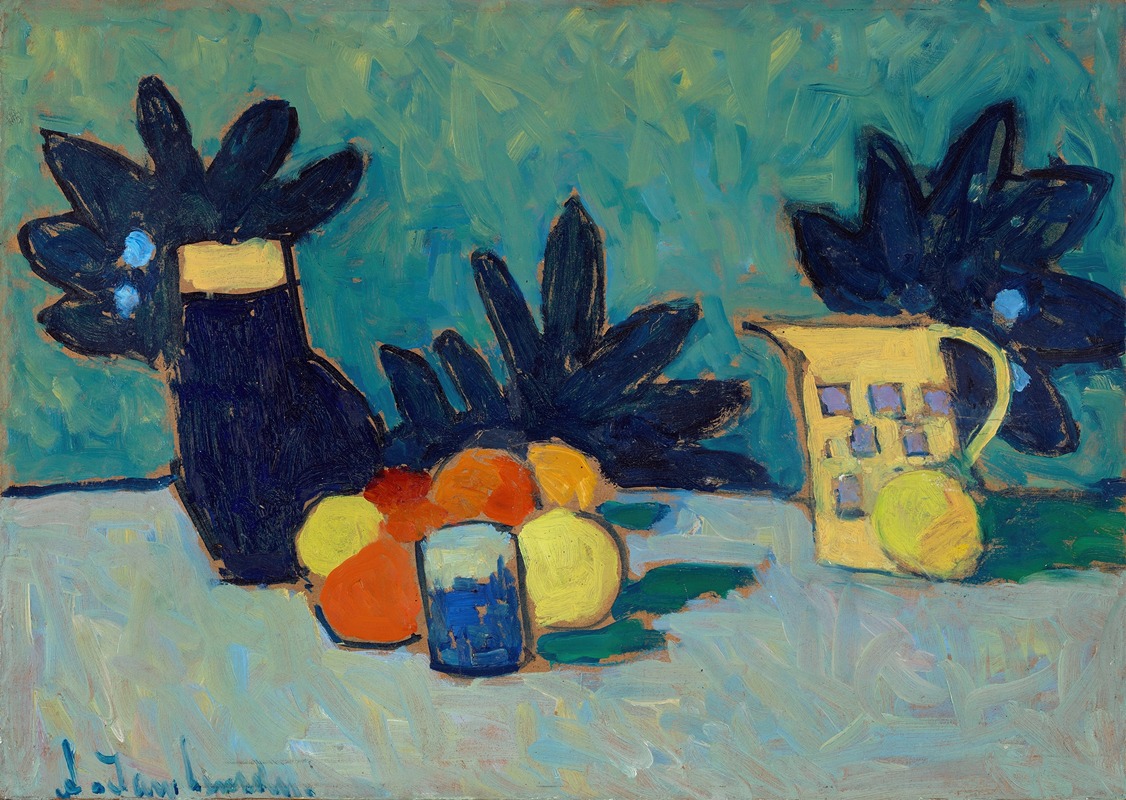
Still Life with Fruit
A hand-painted replica of Alexej von Jawlensky’s masterpiece Still Life with Fruit, meticulously crafted by professional artists to capture the true essence of the original. Each piece is created with museum-quality canvas and rare mineral pigments, carefully painted by experienced artists with delicate brushstrokes and rich, layered colors to perfectly recreate the texture of the original artwork. Unlike machine-printed reproductions, this hand-painted version brings the painting to life, infused with the artist’s emotions and skill in every stroke. Whether for personal collection or home decoration, it instantly elevates the artistic atmosphere of any space.
"Still Life with Fruit" is a painting by the Russian-born artist Alexej von Jawlensky, who was a prominent figure in the early 20th-century expressionist movement. Jawlensky was born on March 13, 1864, in Torzhok, Russia, and later became a key member of the Munich-based group known as Der Blaue Reiter (The Blue Rider), which included other notable artists such as Wassily Kandinsky and Franz Marc.
Jawlensky's work is characterized by its bold use of color and expressive brushwork, and "Still Life with Fruit" is no exception. This painting exemplifies his ability to infuse everyday subjects with emotional intensity and vibrant energy. The composition features a variety of fruits, arranged in a seemingly casual yet carefully balanced manner. The fruits are depicted with rich, saturated colors that create a striking contrast against the background.
The painting reflects Jawlensky's interest in exploring the spiritual and emotional dimensions of color. Influenced by the theories of Kandinsky and the broader expressionist movement, Jawlensky believed that colors could convey deep emotional and spiritual meanings. In "Still Life with Fruit," the use of color is not merely representational but serves to evoke a sense of vitality and inner life.
Jawlensky's technique in this painting involves the use of broad, confident brushstrokes that give the fruits a sense of volume and texture. The interplay of light and shadow is handled with a degree of abstraction, emphasizing the forms and colors over realistic detail. This approach aligns with the expressionist goal of capturing the essence of the subject rather than its literal appearance.
"Still Life with Fruit" also demonstrates Jawlensky's interest in the formal aspects of composition. The arrangement of the fruits creates a dynamic interplay of shapes and lines, guiding the viewer's eye through the painting. The background, while less detailed, provides a harmonious counterbalance to the vivid foreground, enhancing the overall impact of the work.
Throughout his career, Jawlensky's style evolved, but he consistently sought to express his inner vision through his art. His still lifes, including "Still Life with Fruit," are an important part of his oeuvre, showcasing his ability to transform ordinary subjects into powerful expressions of color and form.
Alexej von Jawlensky continued to paint and develop his artistic vision until his death on March 15, 1941, in Wiesbaden, Germany. His work has been widely exhibited and remains influential in the study of expressionist art. "Still Life with Fruit" stands as a testament to his skill and his commitment to exploring the emotional and spiritual potential of visual art.





